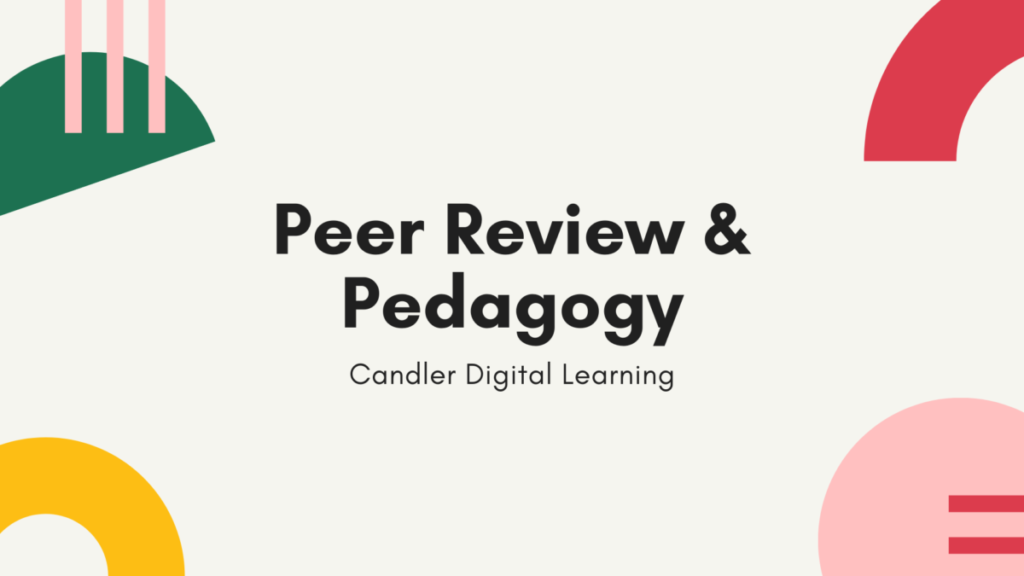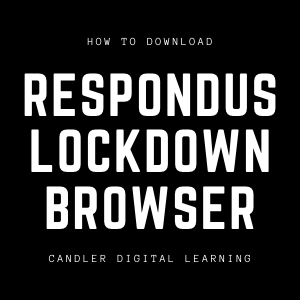
Simply put, peer review assignments enable students to provide feedback to each other. They are another tool to put in your pedagogical tool belt.
There is a lot of research on peer review in the classroom. We will cover some best practices later in this article.
The following Benefits to Peer Review we present here are adapted and cited from research conducted by the writing center at Southwestern University:
1) Build student investment in writing
Peer review builds student investment in writing and helps students understand the relationship between their writing and their coursework.
It forces them to engage with writing and cultivates better critical thinking skills. Instead of simply reacting to a prompt, writing well means that students are able to question their own work, values, and commitments.
2) Encourage students to collaborate
Encouraging students to collaborate throughout the full process gives them opportunities to “learn from one another and to think critically about the role of writing in the course at hand.”
Collaboration in the classroom translates to collaboration in the world. Whether it’s in industry, non-profit sector, or the congregation.
3) Clarify the goals of the assignment
Students can assess the requirements themselves and clarify the goals of the assignment. Instead of focusing on how they as individuals can meet the requirements, students are forced to focus on the learning outcomes. This prevents distractions of simple grammar and cohesion. It also reduces anxiety!
4) Provide field-specific insight into writing
“Peer Review provides students with contemporary models of disciplinary writing.” Students know how to write from their bachelor’s degrees, but for many it is their first time studying religion or theology.
Even in a Master of Divinity program we see differences in writing styles for the different subfields. An essay for History of American Christianity is going to be different than a paper on Psychology of Religion.
5) Empower self-editing through peer review discussion
This process allows students to clarify their own ideas. Having the opportunity to workshop their writing with classmates allows the student to explain their work out loud.
Often, this improves their writing by being more concise or having the chance to elaborate using different words than their original draft.
6) Create opportunity for professional development
Peer review provides professional experience for students. While the Master of Divinity is a professional program, peer review makes room for more academically-oriented students. Students planning for doctoral work need this exposure to improve their writing for journals and publishing.
This process also mimics the main collaborative model of the real world. Simply, students need to know how to give and receive feedback. Period.

What are students saying about peer review?
So, let’s do a review of peer review.
Our office interviewed current masters students about their thoughts on the topic. Here are the top 3:
- “Having a rubric from the professor on what students are looking for in the assignment is crucial for classroom accountability. Using a rubric on top of the editing features allows both parties to have several ways of understanding the assessment they’ve been given back from their classmates.”
- “Often it seems the goal with discussion boards is for classmates to review and critique each other’s work alongside creating conversation. Utilizing the peer review for critique rather than using Discussion Boards allows the student to understand the expectation a bit more clearly.”
- “In my experience, the best style of critiquing and reviewing classmates’ work is the consistency that comes with being assigned a partner or group to work with throughout the entire semester.”
Quick Answer: Rubrics, Clear Expectations, and Consistent Pairings
Concluding thoughts on peer review
Traditionally, peer review involves exchanging papers in class, in person. It involves finding several sessions of class time in order for this process to occur. At Candler, we use the Canvas Learning Management System. In the next post, we provide some best practices for using Canvas LMS to facilitate the peer review process.
GET IN TOUCH WITH US! WE’D LOVE TO HEAR FROM YOU.




